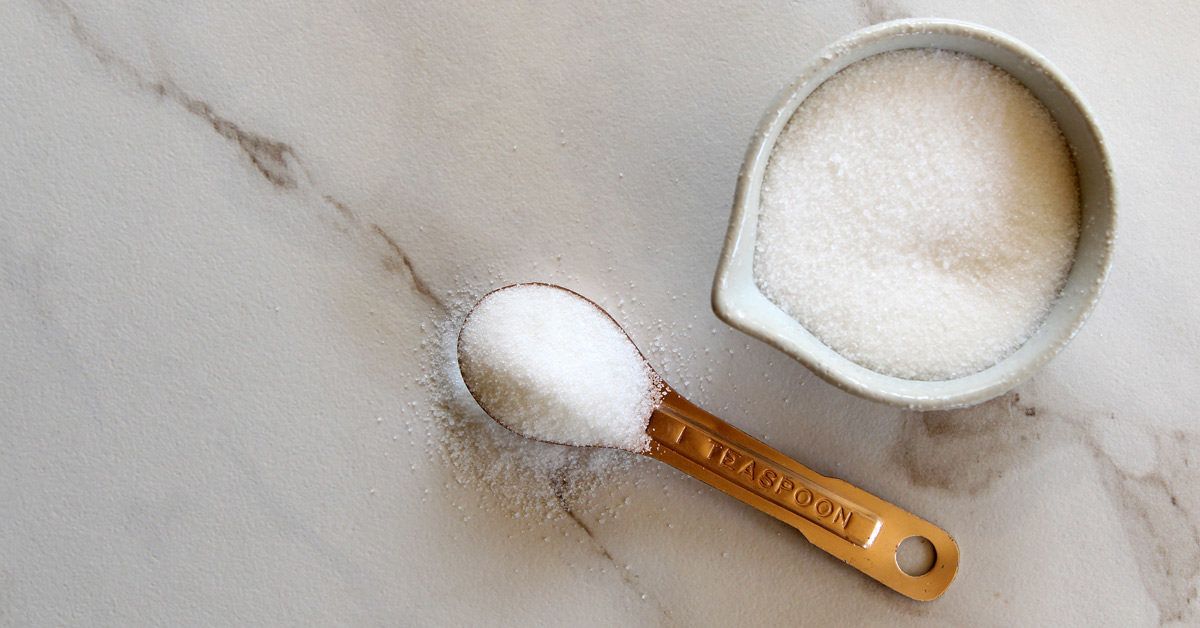Examining beet sugar vs cane sugar reveals distinctions in price differences and market supply.
Examining beet sugar vs cane sugar reveals distinctions in price differences and market supply.
Blog Article
Discover the Uses and Conveniences of Beet Sugar Vs Cane Sugar in Your Daily Diet Plan
Discovering the unique top qualities of beet and cane sugar reveals greater than just their sweetening capacities; it highlights their special influence on health and wellness and cookeries. Beet sugar, understood for its refined flavor, is usually favored in delicate desserts, whereas cane sugar, with its hint of molasses, adds splendor to durable meals. Each type holds its very own dietary account and glycemic ramifications, inviting a much deeper understanding of their roles in a well balanced diet plan and lasting usage methods.
Origin and Manufacturing Processes of Beet and Cane Sugar

The distinctive climates and dirt types required for growing sugar beets and sugarcane add to differences in their farming techniques and geographic distribution, affecting the economics and sustainability of their production. beet sugar vs cane sugar.
Nutritional Contrast In Between Beet Sugar and Cane Sugar
In spite of stemming from various plants, beet sugar and cane sugar are nutritionally extremely comparable, both largely containing sucrose. Each offers about 4 calories per gram, converting to approximately 16 calories per tsp. Structurally, both sugars are made up of around 99.95% sucrose, with minimal quantities of other compounds like dampness and trace minerals, which do not significantly alter their dietary profiles.

Inevitably, when selecting between beet sugar and cane sugar based upon dietary content alone, both offer identical benefits and downsides as they are basically kinds of the very same molecule-- sucrose, giving quick power without other nutrients.
Effect On Wellness: Glycemic Index and Caloric Content
Exploring even more right into the impacts of beet sugar and cane sugar on wellness, it is very important to consider their glycemic index and caloric web content. Both sugars are identified as sucrose, which includes glucose and fructose. This make-up leads them to have a comparable effect on blood sugar levels. The glycemic index (GI) of both beet and cane sugar is around 65, categorizing them as high-GI foods, which can trigger fast spikes in blood sugar degrees. This is a vital element for individuals managing diabetic issues or those attempting like it to support their power degrees throughout the day.
Each kind of sugar contains around 4 calories per gram, making their caloric web content equivalent. For those checking caloric intake, specifically when handling weight or metabolic wellness conditions, recognizing this equivalence is important (beet sugar vs cane sugar). Too much consumption of any high-calorie, high-GI food can contribute to wellness problems such as obesity, heart condition, other and insulin resistance.
Environmental and Economic Considerations of Sugar Manufacturing
Beyond health and wellness effects, the manufacturing of beet and cane sugar additionally elevates considerable environmental and financial concerns. Sugar beet farming often tends to call for cooler environments and has a lower geographical footprint compared to sugar cane, which flourishes in exotic areas.
Additionally, the usage of pesticides and fertilizers in both beet and cane sugar cultivation can bring about dirt deterioration and contamination, additional influencing biodiversity and neighborhood water bodies (beet sugar vs cane sugar). The choice between growing sugar beet or cane usually rests on regional environmental problems and financial variables, making the sustainability of sugar manufacturing a complex problem
Culinary Applications and Flavor Distinctions
While the ecological and financial elements of sugar production are certainly significant, the option between beet and cane sugar likewise affects culinary applications and flavor accounts. Beet sugar, originated from the sugar beet plant, is known for its remarkably neutral preference. This makes it a functional component in cooking, where it does not modify the taste of various other parts. It liquifies promptly and is ideal for use in cakes, cookies, and pastries.
Cane sugar, removed from sugarcane, frequently maintains molasses traces, which pass on an unique richness and deepness. The small variant in dampness web content between beet and cane sugar can impact the appearance and uniformity of dishes, making cane sugar a recommended selection for certain dishes that profit from its unique properties.

Conclusion
In verdict, both beet and cane sugar have distinctive origins and manufacturing procedures, providing comparable dietary profiles with slight distinctions in sodium content and flavor. While their try this out effect on wellness, especially concerning glycemic index and calories, is similar, the option in between them typically comes down to environmental, economic aspects, and details culinary needs. Comprehending these facets can guide consumers in making informed decisions that align with their wellness goals and flavor preferences.
Report this page